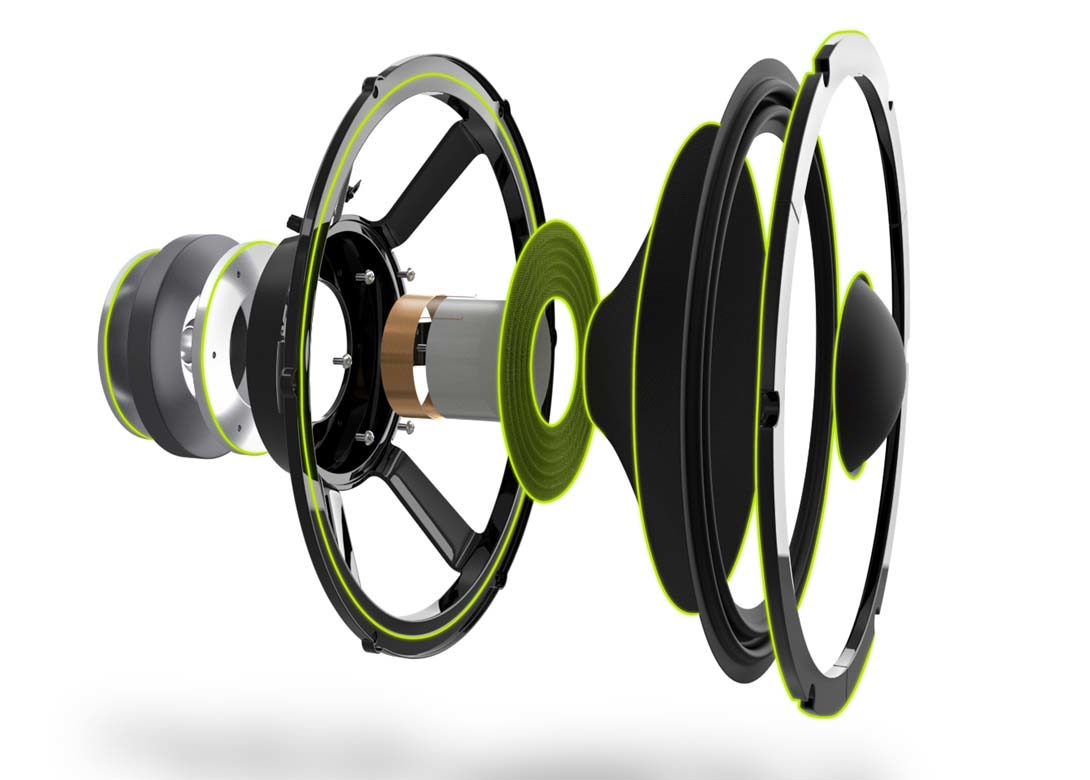
Bostik’s Born2Bond™ R&D team has released details of a new cyanoacrylate-based adhesive prototype, developed for a future that will see instant adhesives used for long-term critical applications such as those required in the automotive and electronics industry.
This development has been achieved by the use of n-Butyl cyanoacrylate (BuCa), a hydrophobic monomer that, when properly formulated, becomes a highly flexible polymer, recognised as the main component of many existing instant medical grade adhesives.
The team demonstrated how the 2K solution will enable more engineers to realise the benefits of instant adhesives, including fast curing, tested to be less than one minute depending on the substrate and environmental conditions, which can accelerate the manufacturing process, thereby increasing efficiencies and productivity. The solution also has the benefit of delivering higher quality achieved through precise dispensing and automated and reliable process control, and durability resulting in less product failure and replacement parts, furthering sustainability.
In addition to the automotive industry, other uses will be in audio systems and wearable technology. The technology’s flexible and hydrophobic qualities mean that bonding integrity is maintained, even for applications where vibrating or humid environments are common, or for where impact and high levels of wear and tear are likely (such as mobile phones and smart watches). Whereas current flexible instant adhesives offer approximately 10% elongation, this new technology provides up to 100% elongation, ideal for applications that require flexing such as a tweeter found in a loudspeaker.
The prototype is in the final stages of development and for businesses looking to become part of this innovative engineering adhesive solution, samples can be produced for customer testing. This development will evolve Born2Bond™’s instant adhesives’ range from use outside of repair and maintenance applications into a solution that can be relied upon for longer-term, structural engineering use. The low odour and low blooming product will not carry hazard labels or CLP pictograms, enhancing working comfort and providing a more environmentally friendly solution.

Having spent a decade in the fastener industry experiencing every facet – from steel mills, fastener manufacturers, wholesalers, distributors, as well as machinery builders and plating + coating companies, Claire has developed an in-depth knowledge of all things fasteners.
Alongside visiting numerous companies, exhibitions and conferences around the world, Claire has also interviewed high profile figures – focusing on key topics impacting the sector and making sure readers stay up to date with the latest developments within the industry.
Don't have an account? Sign Up
Signing up to Fastener + Fixing Magazine enables you to manage your account details.